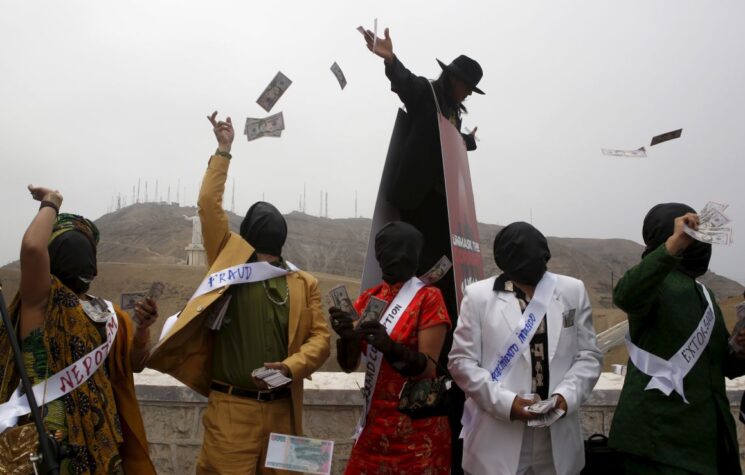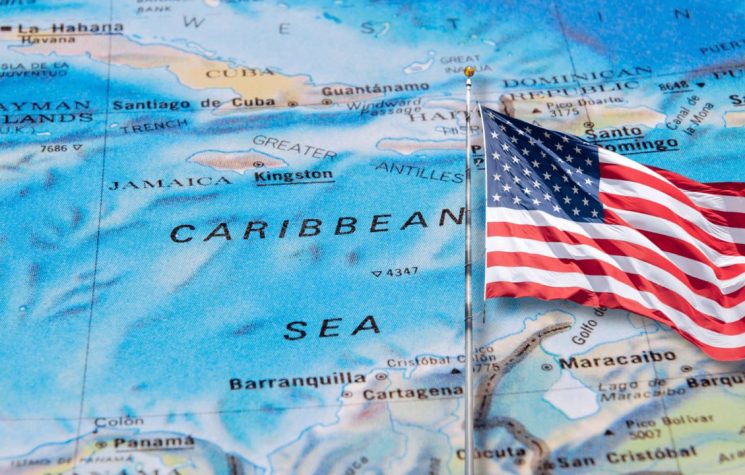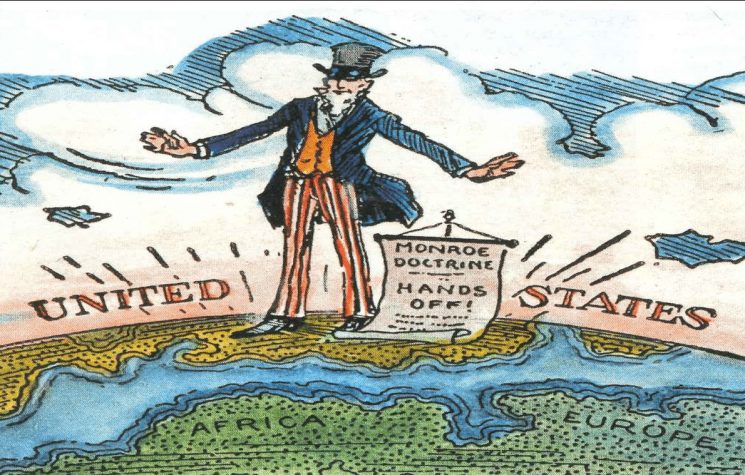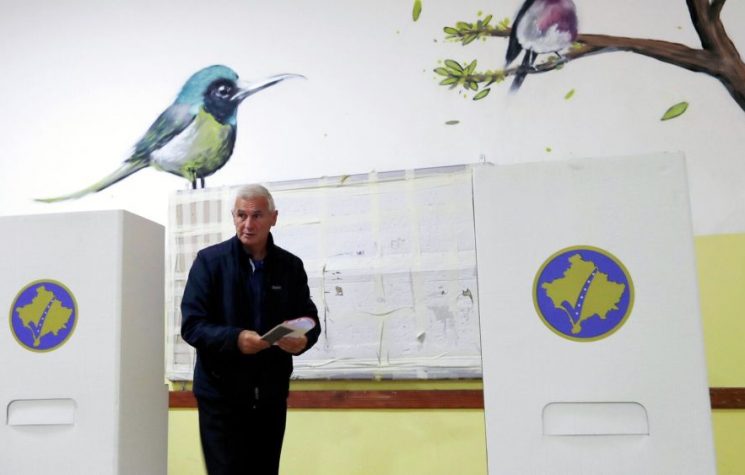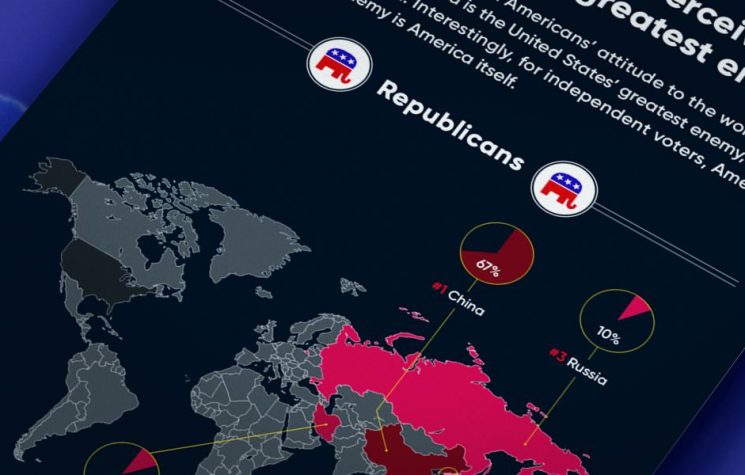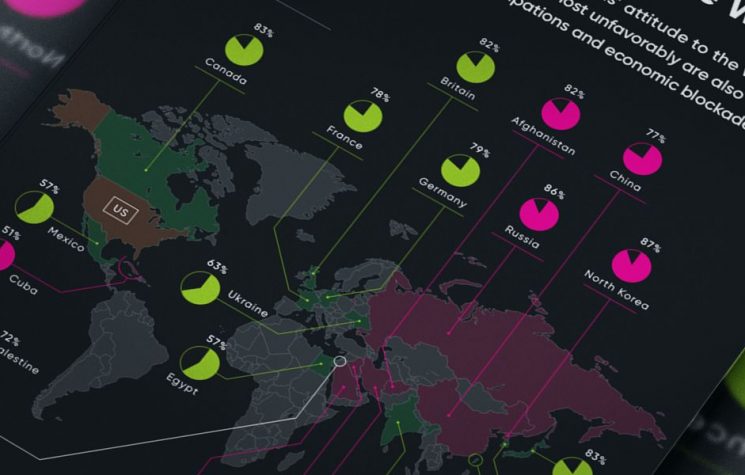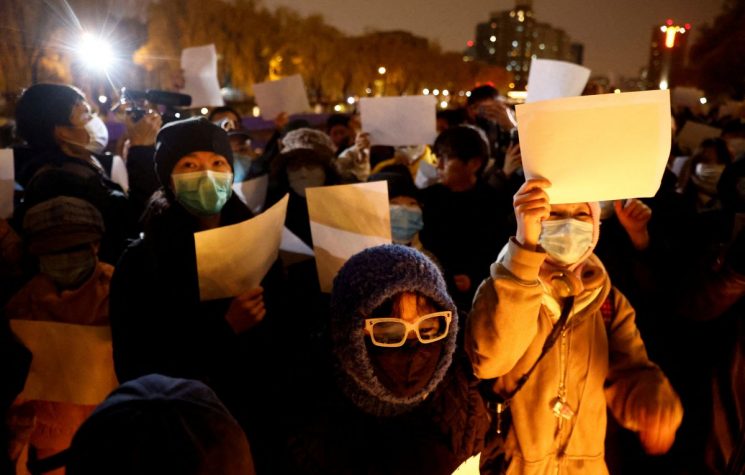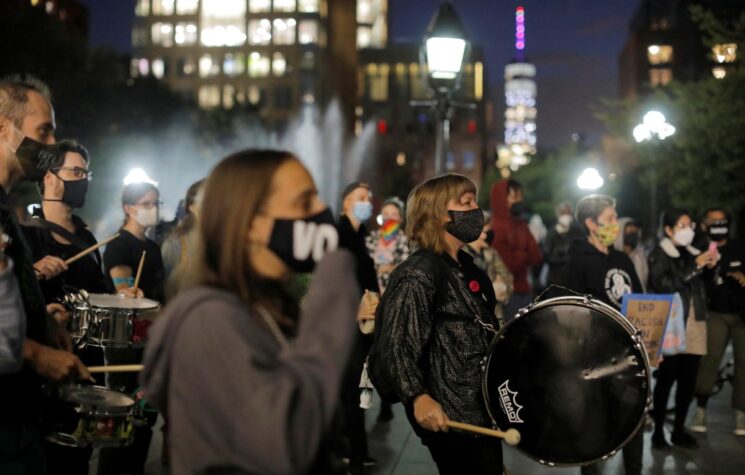Two rankings will be provided here. One is a measure of “law and order” within 144 countries. The other is the definitive measure of how effectively each of the nations that has over 10 million inhabitants has dealt with the coronavirus-19 pandemic.
The first rankings here will be Gallup Law and Order Index Scores. In 2019, Gallup asked nearly 175,000 adults in 144 countries the following 4 questions: (1) Do you have confidence in the local police force? (2) Do you feel safe walking alone at night in the city or area where you live? (3) Within the last 12 months, have you had money or property stolen from you or another household member? (4) Within the past 12 months, have you been assaulted or mugged? The Index result for each country is a composite score from those 4 answers. The rankings are added here, based upon Gallup’s scores:
——
Gallup Law and Order Index Scores 2020 (ranking the scores of the 144 countries):
(RANK) Country Score
(1&2) Singapore 97, Turkmenistan 97,
(3) China 94.
(4&5) Iceland 93, Kuwait 93.
(6-10) Austria 92, Norway 92, Switzerland 92, United Arab Emirates 92, Uzbekistan 92.
(11&12) Azerbaijan 91, Tajikistan 91.
(13-17) Denmark 90, Finland 90, Luxembourg 90, Slovenia 90, Taiwan, Province of China 90.
(18-20) Egypt 89, Indonesia 89, Saudi Arabia 89.
(21&22) Georgia 88, Portugal 88.
(23&24) Netherlands 87, Spain 87.
(25-29) Canada 86, Germany 86, Kosovo 86, Malta 86, Vietnam 86.
(30-36) Armenia 85, France 85, Ireland 85, Japan 85, Jordan 85, Sweden 85, United States 85.
(37-41) Australia 84, New Zealand 84, Philippines 84, Poland 84, Serbia 84.
(42-49) Estonia 83, Hungary 83, Italy 83, Malaysia 83, Northern Cyprus 83, South Korea 83, Sri Lanka 83, United Kingdom 83.
(50-54) Bosnia and Herzegovina 82, Israel 82, Mauritius 82, Montenegro 82, Myanmar 82.
(55-60) Bangladesh 81, Iran 81, Iraq 81, Laos 81, Pakistan 81, Turkey 81.
(61-66) Cambodia 80, Croatia 80, Rwanda 80, Slovakia 80, Tanzania 80, Thailand 80.
(67-73) Belgium 79, Cyprus 79, El Salvador 79, India 79, Kazakhstan 79, Latvia 79, Lithuania 79.
(74&75) Greece 78, Lebanon 78.
(76-81) Albania 77, Belarus 77, Bulgaria 77, Kyrgyzstan 77, Moldova 77, Romania 77.
(82-84) Burkina Faso 76, Hong Kong, Special Administrative Region of China 76, Nepal 76.
(85-87) Algeria 75, Jamaica 75, Palestinian Territories 75.
(88-91) Guatemala 74, Nicaragua 74, North Macedonia 74, Russia 74.
(92-95) Honduras 72, Panama 72, Tunisia 72.
(95-103) Costa Rica 71, Ethiopia 71, Libya 71, Mongolia 71, Morocco 71, Mozambique 71, Niger 71, Senegal 71, Uruguay 71.
(104) Paraguay 70.
(105-112) Benin 69, Bolivia 69, Comoros 69, Ghana 69, Ivory Coast 69, Mali 69, Ukraine 69, Yemen 69.
(113&114) Eswatini 68, Lesotho 68.
(115-120) Brazil 67, Chile 67, Colombia 67, Kenya 67, Togo 67, Zimbabwe 67.
(121&122) Malawi 66, Mauritania 66.
(123-128) Argentina 65, Republic of the Congo 65, Ecuador 65, Guinea 65, Madagascar 65, Nigeria 65.
(129) Dominican Republic 64.
(130-133) Cameroon 63, Chad 63, Namibia 63, Peru 63.
(134) Zambia 62.
(135&136) Botswana 61, Mexico 61.
(137) Sierra Leone 60.
(138) Uganda 59.
(139) Gambia 58.
(140) South Africa 57.
(141&142) Liberia 54, Venezuela 54.
(143) Gabon 52.
(144) Afghanistan 43.
——
The second rankings are not actually rankings, but instead just listing, in increasing number of cases per million inhabitants (as of 27 October 2020), all of the world’s countries larger than 10 million population, showing for each of these countries the safety against coronavirus-19 infection, as measured by the number of cases per million inhabitants. (By cutting off at that population-size, some of the best-scoring countries, such as the world’s best-scoring one, which is Laos, which has only 3 cases per million inhabitants, and New Zealand, which has 388 cases per million, aren’t listed, but also some of the worst-scoring countries, such as the world’s worst, which is Andorra, which has 55,947 cases per million, but has only 77,305 inhabitants, are not listed. 10 million inhabitants is the cut-off point because almost all of the world’s population are in countries that have more than that number of inhabitants, but most of the world’s countries — over 60% of them — have less than ten million inhabitants.)
The data are as shown at the definitive website monitoring those numbers on a real-time basis, which is www.worldometers.info/coronavirus, on October 27th:
Vietnam 12, Cambodia 17, Taiwan 23, Burundi 46, Niger 50, Thailand 54, China 60, Yemen 69, Chad 87, Burkina Faso 117, DRC 124, Mali 171, Benin 209, Somalia 246, Uganda 250, South Sudan 257, Angola 291, Nigeria 299, Malawi 306, Syria 310, Sudan 311, Mozambique 386, Sri Lanka 392, South Korea 506, Zimbabwe 556, Cuba 582, Madagascar 608, Japan 768, Ivory Coast 771, Haiti 789, Ethiopia 809, Cameroon 850, Myanmar 847, Malaysia 856, Zambia 874, Guinea 879, Senegal 922, Kenya 923, Egypt 1,037, Afghanistan 1,044, Australia 1,076, Algeria 1,279, Indonesia 1,432, Pakistan 1,479, Ghana 1,527, Uzbekistan 1,953, Bangladesh 2,423, Greece 3,027, Venezuela 3,170, Philippines 3,377, Turkey 4,301, Tunisia 4,419, Azerbaijan 4,965, Germany 5,368, Jordan 5,379, Morocco 5,391, Nepal 5,454, India 5,740, Canada 5,818, Kazakhstan 5,865, Iran 6,816, Mexico 6,889, Poland 6,976, Ukraine 7,994, Italy 8,982, Ecuador 9,148, Saudi Arabia 9,868, Russia 10,491, Sweden 10,929, Romania 11,070, Iraq 11,243, Dominican Republic 11,472, Portugal 11,891, Bolivia 12,014, South Africa 12,037, UK 13,157, Netherlands 17,589, France 17,839, Colombia 20,077, Argentina 24,318, Spain 24,732, Czechia 25,045, Brazil 25,401, Chile 26,272, Peru 26,891, USA 27,024.
Since the sheer scale of the differences in the coronavirus performance of countries is hard to grasp, it might be best represented by the simple fact that, per million inhabitants, the USA has exactly 2,252 cases of Covid-19 infection for each single case per million inhabitants in Vietnam. It has 450 cases for each case in China. It has 46 cases for each case in Cuba. That’s how extreme the differences are — multiples, not merely percentages. However, America’s Centers for Disease Control and Prevention (CDC) warns prospective U.S. travelers to Cuba, “Warning Level 3, Avoid Nonessential Travel” and “COVID-19 risk in Cuba is high. CDC recommends travelers avoid all nonessential international travel to Cuba.” That’s the U.S. Government’s highest warning level (“Level 3”). The U.S., which is 46 times more dangerous on Covid-19 than Cuba is, warns its travelers to stay away from Cuba because that nation is in the most dangerous category on Covid-19 risk. They do that with (warn people against) all nations that the U.S. Government (i.e., America’s billionaires) are hoping, eventually, to conquer, but have not yet turned into a vassal-nation (another U.S. colony). In other words: it’s a political warning, not actually based on the relevant data, at all. It’s just another U.S. Government lie, directed at whatever suckers trust what the U.S. Government says. According to the daily figures, shown at www.worldometers.info/coronavirus, for November 12th (the latest day as this is being written), Cuba has 11,324,473 people, and had on the prior day (November 11th) 37 new daily cases, whereas U.S. has 331,711,584 people, and had on the prior day an all-time-record high of 142,906 new daily cases; so, that’s 306,067 Cubans per new daily case, versus 2,321 Americans per new daily case. That ratio isn’t 46 times higher; it is 132 times higher; so, relatively speaking, Cuba is improving as compared to America. And the situation is even more extreme with regard to some other countries that the U.S. Government is aiming to conquer.
If the U.S. Government complains about this statement here, then it should first place Cuba into the lowest Covid-19 risk category (“Level 1”). Then it won’t be lying anymore about that matter. But how likely is such honesty from the American Government ever to happen? It could only happen if a Second American Revolution would happen before it — a Revolution to overthrow, this time, not Britain’s aristocracy, but America’s own aristocracy, which has effectively seized control over both of America’s political Parties.











